exhibition
These are the Aomori authors that inspired a generation and Japanese literature following the Meiji period. In addition to books and magazines, we have a selection of manuscripts, notes, diaries, personal items on display.
the Aomori authors
| name | photo | the years of birth and death | introduction |
|---|---|---|---|
| Koroku Sato | 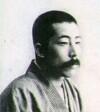 |
1874~1949 | Haiku poet, novelist, and playwright. Gained a following for his young adult novel called Aa gyokuhai ni hana ukete [Receiving Blossoms in the Sake Cup]. |
| Ujaku Akita | 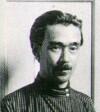 |
1883~1962 | Worked on a wide scope of projects as a poet, novelist, and screenwriter. Known best for his collection of children`s short stories such as Taiyou to hanazono [The Sun and the Flower Garden] among other works. |
| Zenzo Kasai | 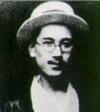 |
1887~1928 | Stood out in Taisho era literary circles for his works in the I-novel genre such as Kanashiki chichi [Mourning Father] and Ko wo tsurete [With Children in Tow]. |
| Kojiro Fukushi | 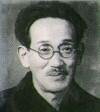 |
1889~1946 | Pioneered free verse with his anthology of short poems titled Taiyou no ko [Sun Child]. He was dedicated to localism work and the study of classical literature. |
| Yojiro Ishizaka | 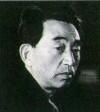 |
1900~1986 | Insipred the generation following World War II with works such as Aoi sanmyaku [Blue Mountain Range] among other works. He was known as "the author of a million people." |
| Komatu Kitamura | 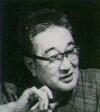 |
1901~1964 | Writer of the first Japanese "talkie" (early film with a soundtrack) Madamu to nyobo [The Neighbor`s Wife and Mine], Kitamura wrote many movie scripts, screenplays, and novels. |
| Yao Kitabatake | 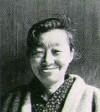 |
1903~1982 | Won the Noma Children`s Literature Prize with her work, Oni wo kau goro. She produced breathtaking works in the midst of sickness and scandal. |
| Kyozo Takagi | 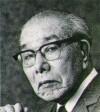 |
1903~1987 | Created a unique world in his anthology of poems titled Marumero. He also wrote novels, essays, and screenplays. |
| Osamu Dazai | 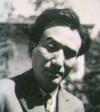 |
1909~1948 | In the midst of unrest and anguish, Dazai wrote literary gems such as Hashire Merosu [Run, Melos!], Tsugaru, and Ningen shikkaku [No Longer Human]. |
| Kan`ichi Kon | 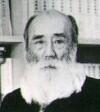 |
1909~1983 | Won the Naoki Literary Prize for his compilation of short stories titled Kabe no hana [Wallflower]. Full of poetic sentiment along with intellectual prose, Kon`s writing style brings readers back to an older era. |
| Tetsuo Miura | 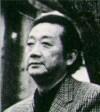 |
1931~2010 | Won the Akutagawa Literary Prize for Shinobugawa [Shame in the Blood]. While his works internalize the darkness within, they express a fresh and bright lyricism. |
| Hideo Osabe | 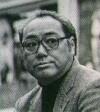 |
1934~2018 | Won the Naoki Literary Prize for Tsugaru yosarebushi and Tsugaru jonnkarabushi. His goal is to create a large compilation of Tsugaru literature. |
| Shuji Terayama | 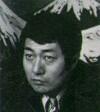 |
1935~1983 | Still a promiment figure in the avant-garde genre, Terayama was successful in many media forms such as haiku, tanka, film and plays. |
Transportation Guide
The Museum of Modern Aomori Literature is located on the second (2nd) floor of the Aomori Prefectural Library.
Transportation Guide
Getting to the Museum
City Bus: 20 minutes from Aomori Station
Walking: Five minute walk from the Farmers Association Building
One minute walk from the Prefectural Culture and Education Center
Taxi: 20 minutes from Aomori Station
The Museum of Modern AOMORI Literature
About us
The Museum of Modern Aomori Literature
Aomori Prefectural Library, 2nd Floor 119-7 Fujito, Arakawa Aomori-shi, Aomori-ken 030-0184
Tel. 017-739-2575 Fax. 017-739-8353
e-mail:bgk@plib.pref.aomori.lg.jp
Hours
9 a.m. - 5 p.m. daily
Closed every fourth Thursday of the month and December 29 - January 3